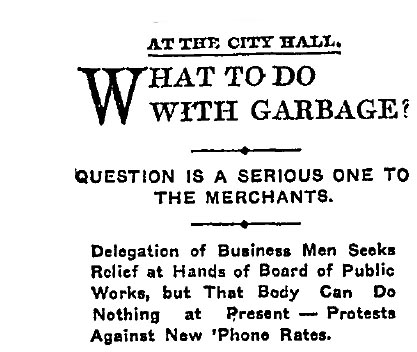A Page From the Past

March 3, 1907
Los Angeles
Stroll into the Los Angeles Public Library on Central Avenue with me for a moment, over to the children’s section. The librarian says there are about 15,000 to 16,000 books, only half of what is needed, because about third of them are checked out every month.
The most popular titles are “Little Women,” “Little Men” and “Old-Fashioned Girl,” The Times says. Although the library has 25 copies of each book, it’s rare to find them on the shelves.
Among boys, Civil War stories are the most popular, “the Henty books, Barbour’s athletic tales, ‘Tom Sawyer’ and Dunn’s Young Kentuckian series of which there are a dozen copies each in stock,” The Times says.
“The children delight to search through the card catalogue and select their books,” The Times says. “It is interesting to watch the youngsters as they stand, pad and pencil in hand, and with a grownup air of importance, write down the names of the books they want.”
The story describes several young library patrons, but this is the one that stays with me:
“One of the constant patrons of the juvenile department is a tall, pale-faced lad who walks on crutches. A cruel accident so injured him that he is unable to attend school, but he has found an excellent substitute in the serious study of electricity at the library.
“He greedily devours everything he can lay his hands on about electricity. Day after day this delicate, white-faced boy pores over the books. He talks intelligently about induction coils, ohms, volts and motors.
“ ‘I intend to be an electric engineer,’ he declares as he limps away on his crutches. And the chances are that he will be.”
Lmharnisch.com
Lmharnisch.blogspot.com
E-mail: lmharnisch (AT) gmail.com
Labels: 1907, Black Dahlia, Books and authors, Education, Fashions, LAPD, Streetcars











